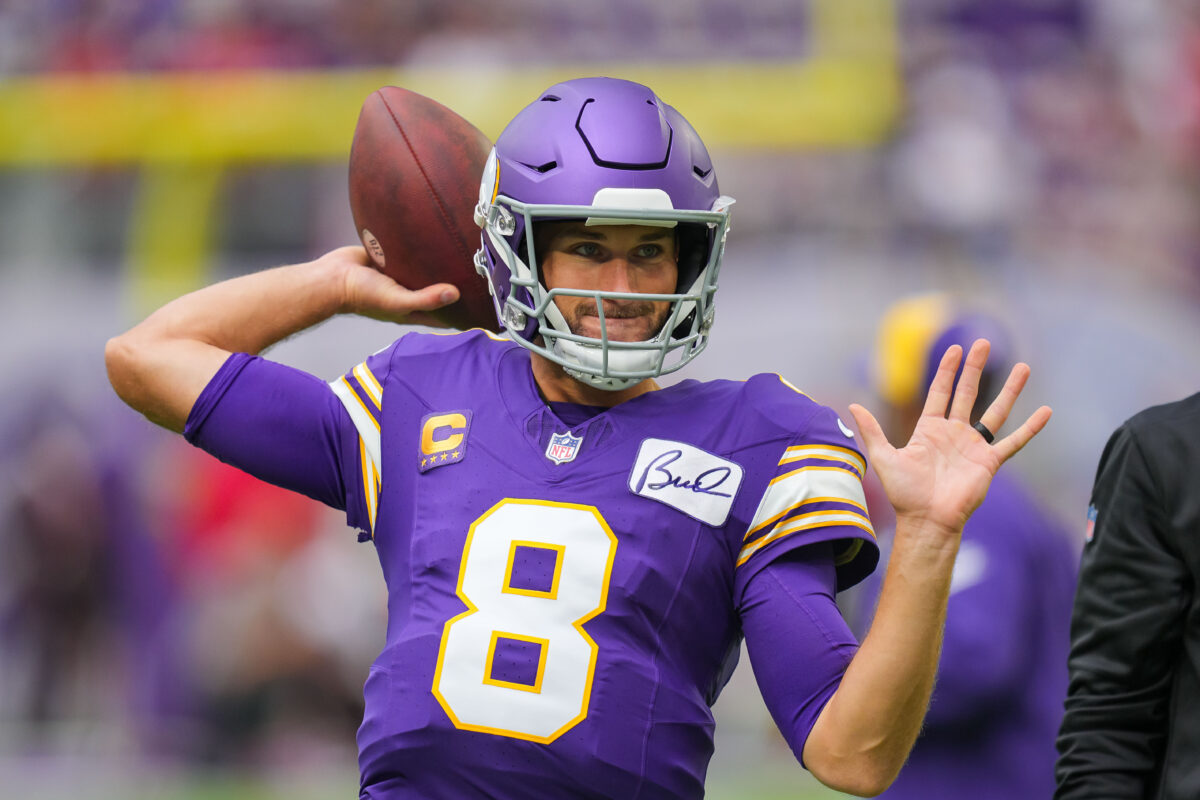Heading into the season opener, the expectations were high for Minnesota Vikings quarterback Kirk Cousins, and rightfully so.
Cousins was heading into year two of an offense that put up numbers last season, and it’s his first full season with a war chest of weapons, which includes wide receiver Justin Jefferson and tight end T.J. Hockenson.
After one game, the early results of Cousins’ performance might’ve been disappointing. Despite welcoming in a Tampa Bay Buccaneers team that the Vikings were more talented than, the offense set themselves up to fail with turnovers and penalties at critical junctures.
Although the Vikings failed to come away with a win, is it fair to place blame on Cousins? Some blame will always be placed on the quarterback, but how much can vary on the situation.
How can we determine how much blame is placed on Cousins, though? The easiest way is by adding context and understanding the game from a wider lens. And while there are a lot of ways to do that (including film studies and advanced analytics), simple charting can help put the performance into perspective.
